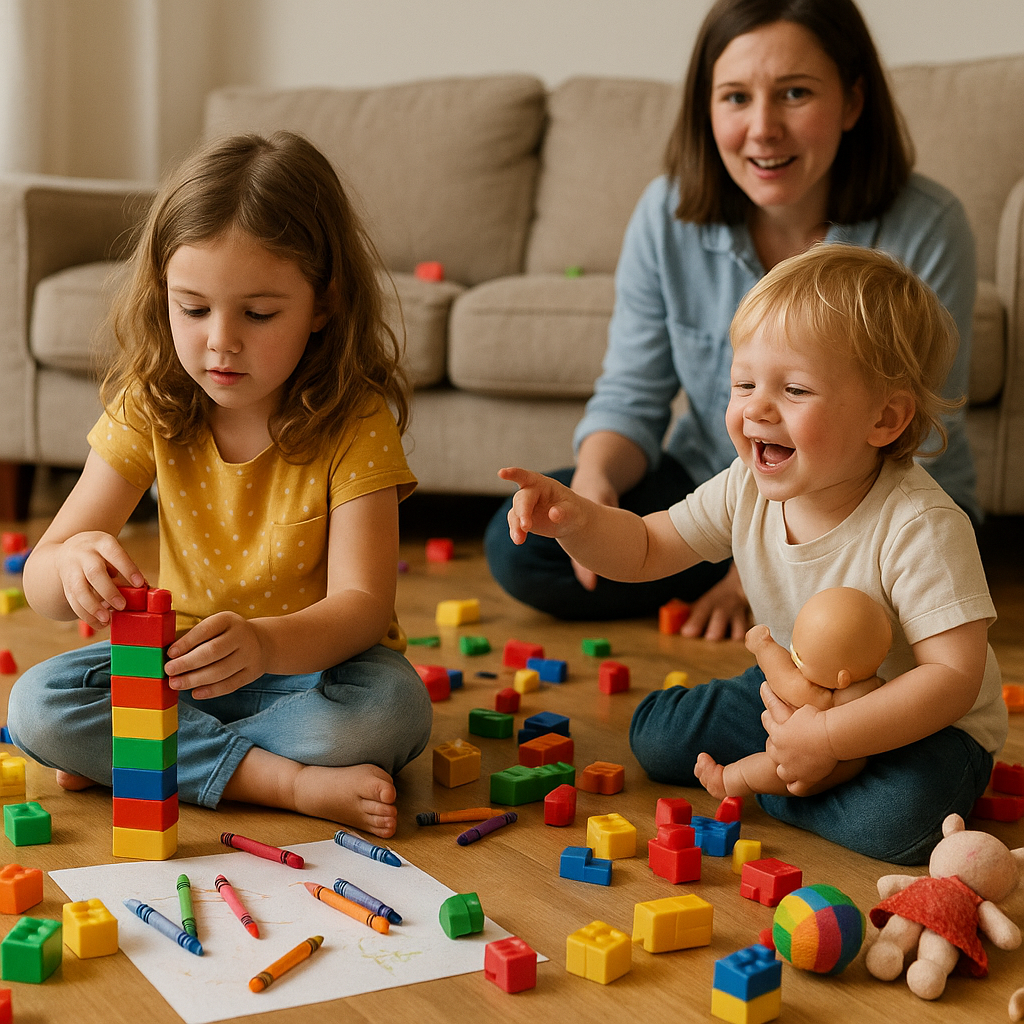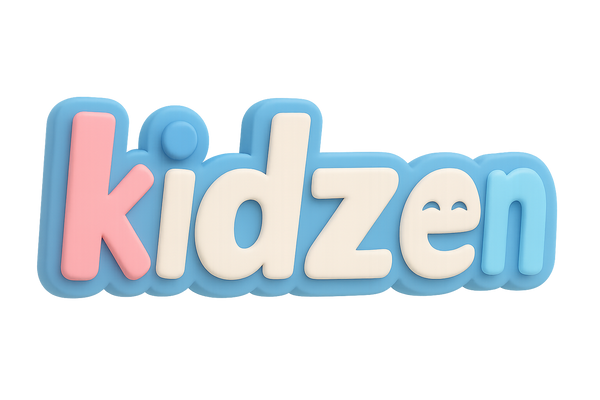
From Mess to Masterpiece: Why Kids Need ‘Creative Chaos’ in Play
Share
Introduction
Parents often feel stressed when toys are scattered everywhere — blocks on the floor, crayons on the table, dolls sitting in odd corners. Yet, research suggests that this “creative chaos” is not just clutter. It’s actually an essential part of how children explore the world and develop creativity. Instead of rushing to tidy up every moment, we might need to see the value hidden inside the mess.
The Science Behind Creative Chaos
Developmental psychologists highlight that unstructured play encourages cognitive flexibility and problem-solving. According to a study by Singer & Singer (2005), children who engaged in free, imaginative play showed higher creativity scores compared to peers with structured, rule-based activities.
Messy play — like painting without lines, building towers that collapse, or mixing toys across categories — provides a safe space for trial and error. This helps kids learn resilience, adaptability, and divergent thinking. In fact, a 2019 article in the Journal of Child Development found that “untidy” play environments fostered more innovative storytelling and pretend play.
Why Parents Should Embrace the Mess
-
Imagination First, Order Later
Neatness can wait. When children combine dinosaurs with tea sets, or use blocks as pretend food, they’re stretching their imagination in ways a clean environment may limit. -
Confidence Through Experimentation
Children gain confidence when they see their ideas — even messy ones — take shape. Whether it’s a paint-covered handprint or a chaotic Lego tower, every attempt builds self-expression. -
Emotional Growth
A 2020 study in Pediatrics showed that children who were given freedom in messy play reported lower stress levels and higher emotional regulation. Mess helps them express feelings they can’t yet put into words.
Turning Chaos into Learning Moments
-
Designated Creative Zones: Create an area where mess is allowed — a play mat, art corner, or backyard table. This makes cleanup easier while keeping the freedom intact.
-
Encourage Storytelling: Ask your child to explain their “mess.” Often, there’s a storyline behind the scattered toys.
-
Balance is Key: While creative chaos is valuable, guiding children to participate in cleanup afterward teaches responsibility and routine.
Conclusion
From a parent’s perspective, mess can feel overwhelming. But from a child’s perspective, that mess is a masterpiece in progress. By embracing creative chaos, we nurture imagination, confidence, and emotional growth. So the next time your living room looks like a toy explosion, take a deep breath — it might just be where your child’s next great idea is born.
